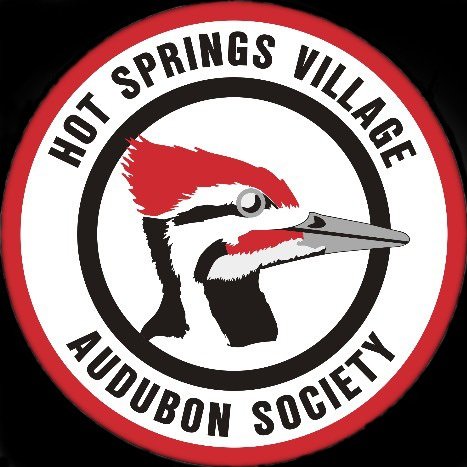Bird Identification
Show me your I.D. please
Many people enjoy watching birds, and it's more fun when you can confidently identify the birds, and keep track of the species with a list.
There are numerous resources available to hone your bird identification skills, including tried-and-true field guides, workshops and
more recently the Audubon award-winning mobile field app
- always at your fingertips and FREE.
LOCAL workshop
HSV Audubon offers an annual workshop that is an introduction to bird identification.
Each year a four-session birding workshop is held at the Coronado Center in March. Typically the workshops begin at 8:30 and lasts until around 11:30 and is scheduled for Tuesdays or Wednesdays depending on availability.
The workshops show more than how to identify birds, and they also discuss bird field guides (books) and how to purchase and correctly adjust binoculars. There are also discussions about how to attract birds to your back yard using the right bird foods and feeders. Each workshop will consist of both classroom and outdoor sessions.
Although attending all the workshops is certainly desirable, each session is basically independent of the others, so information presented in any of the workshops is beneficial whether or not all the other workshops are attended.
Bird I.D. Basics
Dr Dan Scheiman, Director of Bird Conservation, Audubon Arkansas.
Dr. Dan Scheiman, Director of Bird Conservation at Audubon Arkansas, has prepared a number of documents to help with identification of several groups of birds, see below.
The Bird Identification Sequence Diagram provides a roadmap for identification using:
size
beak
color
breast feathers
other bird characteristics
The Roadside Silhouettes below shows 28 different bird silhouettes to help with identification.
Unlike field guides which give all of the birds of the Eastern United States, Dan's documents include only Arkansas birds. For instance, if you think you see a specific sparrow, but do not find that species on Dan's list, you are unlikely to see it in Arkansas.
Thanks to Dan for sharing these useful identification guides with us!
Bird Identification Sequence Diagram
Size
Tiny
Small
Medium
Large
Very Large
Consider
Hummingbird, Kinglet
Warblers, Sparrows, Wren
Flycatcher, Thrushes, Finches
Jay, Woodpeckers, Grackles
Crow, Hawks, Owls, Ducks
Beak
Narrow, Sharp
Bold, heavy
Curved
Very long, sharp
Flat
Food
Insect eaters
Seed eaters
Predators
Predators
Waterfowl
Consider
Warblers, Bluebird
Cardinal, Sparrows
Hawks, Owls, Eagles
Herons, Kingfisher
Ducks, Geese
Color Predominant
Yellow
Blue
Red
Black
Grey
Brown
Consider
Finches
Jay, Bunting
Cardinal, Tanager
Crow, Grackels
Warblers, Flycatchers
Sparrows, Hawks, Wren
Consider
Sparrows, Warblers, Vireos
Sparrows, Warblers
Thrush, Thrasher
Breast Feathers
Solid
Striped
Spotted
Consider
Pine Warbler
Red Wing Blackbird
Yellow Rump Warbler
Red-tailed Hawk
Other
Wing Bars
Wing Patches
Rump Patches
Tail Pattern
Cardinal, Titmouse, Cedar Waxwing
Kinglet, Sparrows
Carolina Wren, Sparrows, Vireos
Thrush, Kinglet
Vireo, Junco
Head:
Crown
Crown Stripe
Eye Stripe
Eye Ring
Eye Color
Feel free to print these diagrams for field reference:
Bird Silhouettes - Birds in the same general group often have the same body shape and proportions, although they may vary in size.
Winter Sparrows - key field marks for six pairs of similar species
Arkansas Warblers - A table of five criteria for 37 warblers found in Arkansas.
Arkansas Shorebirds - A table of criteria for 23 Arkansas shorebirds.
Look-alike winter birds - compares five pairs of look-alike birds found in Arkansas.
PEEP Identification - Some of the characteristics used to separate the "peeps".



